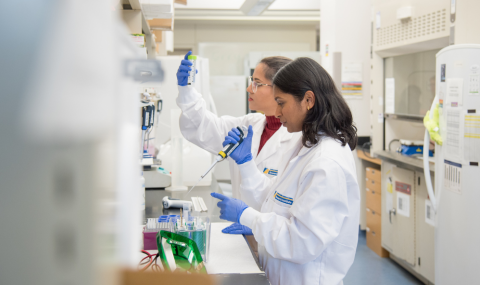
The liver, which is the body's largest internal organ, is located in the right upper part of the abdomen under the diaphragm. The liver is divided into two sections, the right lobe and the left lobe. The gallbladder, which stores bile produced by the liver, is attached below the right lobe. Blood comes from the intestine and enters the portal vein, then passes through the liver before returning to the heart and lungs to be oxygenated.
The liver performs several important functions:
- Changes food into energy for growth and activity
- Breaks down and removes chemicals and drugs that may harm your body
- Produces bile which absorbs fat and vitamins from the food you eat
- Produces proteins needed for blood clotting
- Maintains a balance in hormones
Liver failure means the liver is no longer adequately performing these functions.
Adult Liver Transplantation
There are many causes of adult end-stage liver disease but the most common include:
- alcoholic liver disease
- autoimmune hepatitis
- Budd-Chiari syndrome
- cirrhosis of unknown origin
- primary biliary cirrhosis
- primary sclerosing cholangitis
- steatohepatitis (NASH)
- tumours
- viral hepatitis B
- viral hepatitis C
Treatment for Liver Failure
Although the liver can regenerate to a certain degree, the disease process may become too extensive. In adults who have advanced liver disease, if all of the usual medical and surgical treatments are no longer effective, liver transplantation becomes the only treatment option. There are two types of liver transplants - a living donor transplant or a deceased donor transplant, which uses a liver from a person who has died suddenly. Sometimes, a donated liver can be split into two pieces so two recipients can benefit from one deceased donor. The liver may be split while it is still within the donor ("in situ") or after it has been removed ("ex vivo"). The smaller piece of the liver (about 25 per cent) is used for a child and the remaining 75 per cent is used for an adult.
The Liver Transplant Operation
Liver transplant surgery usually takes four to six hours. The operation consists of complete removal of the diseased liver through an incision in the upper abdomen. The patient's gall bladder will also be removed. The donor liver is then placed inside the abdomen and attached. The blood vessels and bile ducts from the body will then be attached to those of the new liver.



